|
Trying to do maths before coffee is hard -- I get it. I struggle to remember my name prior to coffee! But if you pull out your scales (you did get some, right?) and weigh how much coffee and water you use, your morning brew is going to be that little bit more delicious.
In the professional coffee game, the amount of water and coffee used to make coffee is referred to as a brew ratio. We reference it every time we make a coffee in the cafe, whether it's through the espresso machine, our batch brewer, or when making pour-overs. Espresso. If you are using an espresso machine to make some liquid gold, measure how much coffee goes into your basket, and how much liquid lands in your cup. (This differs to the other coffee-making methods as we are unable to measure how much water is pushed through the basket, just how much comes out). We recommend you look at using 20g of ground coffee in your basket (if it fits that much), and target 40g of liquid espresso in your cup/s. This is a 1:2 brew ratio. Filter. If you are using a plunger, pour-over vessel, or your batch brewer, look at using 6g of coffee for every 100g of water you use. Stovetop. Moka pot/stove-top espresso makers can have a few different options. For a more filter-style brew, stick to the 6g coffee per 100g water. If you prefer a more traditional espresso-style result, double the coffee but keep the water the same -- so 12g coffee to 100g of water. Of course, these are all just our suggestions to give you a starting point. If you prefer stronger coffee, bump up the amount of ground coffee you use; vice versa if you prefer a cup that's a little more gentle. Most importantly, keep a little note as you make each one, so you can remember and adjust for the next cup! Have fun, Matt.
1 Comment
There are so many variables that go into making the perfect cup of coffee, but there is one simple trick to ensure you are able to replicate your perfect cup every single time, no matter which way you make your coffee.
Back in the day when coffee was a morning pick me up rather than my day job, I never understood why I could make the perfect cup one morning, and a very average one the next. Same coffee, same moka pot (that oh so satisfying gurgling noise as the coffee filled the top chamber), different results. Sound familiar? The answer is easy and almost effortless – weigh how much coffee and water you use! You may already have scales in the kitchen you use for your baking, if not grab yourself a cheap one like the $12 one I saw in my local Target store the other day. Look for a scale that is able to measure in grams, or if you want to spend a little more, look for one that weighs 0.1 of a gram (it may not sound like much of a difference but the more accurate you can be, the better!). Then simply make sure you weigh how much coffee and water you use each day – you can also get extra nerdy by taking note of how much you use each day, and adjust up or down the amount of coffee and water until you find your perfect brew. This is your coffee brew ratio – more on this next time. Have fun experimenting! Hello Everyone! A happy Easter from all of us here at G&T. We hope that you're all doing well in these wild times. A huge thank you to all, your amazing support means that we're still here roasting and shipping for all of your home coffee needs. This month we launched a really exciting new coffee. It comes from the Kochere Woreda (or Kochere district, like a council area) in Southern Ethiopia, an area that is well respected for great quality coffee. This coffee was naturally processed, but also underwent an extra step in processing called Carbonic Maceration, which comes from the wine industry. Let me explain what all this means. Coffees in Ethiopia are generally processed in one of two traditional methods. Both methods have their merits, and most people have preference for one or the other. The methods are called 'Washed' and 'Natural', here's the difference: - Washed - the coffee cherries are picked and then the cherry is pulped off the seeds (beans) using a machine. The seeds are then fermented in water for somewhere between 12 and 48 hours. This fermentation breaks down the mucilage layer around the seeds and imparts many of the aromas we later experience. After fermentation, the seeds are washed and laid out to dry on raised beds. Once dry, the seeds are milled and hand sorted before being packaged and sent to us to roast. Washed coffees tend to exhibit very clean characteristics and bright acidity. We often describe washed coffees from Kochere as tasting tea-like, floral and sweet like stone fruit. - Natural (how this coffee was processed) - the coffee cherries are picked, cleaned and then laid out to dry whole. Before the seeds begin to dry, they ferment inside the cherry, once again imparting aromas. Once the coffee is dry, it is again milled and hand sorted before being packaged and shipped. This different fermentation environment (from the washed process) inside the cherry yields vastly different characteristics in the cup. We tend to describe naturally processed coffees from Kochere as have higher body with notes of chocolate and ripe berries. They will often be tannic like a heavy red wine. Carbonic Maceration is another step that can be added before either processing method, and as mentioned, it comes from the wine industry. Grapes, or in our case coffee cherries, are placed in a stainless steel container. The container is filled with Carbon Dioxide gas to remove all the oxygen and then sealed. The container is kept in a temperature controlled environment and the fruit is allowed to ferment. We've found that this anaerobic style of fermentation amplifies flavours and texture in coffee. In this particular coffee the result is flavours of rose and purple lollies. The acidity is wildly vibrant and the body is rich and tannic. This coffee is truly something special. A new coffee roaster! This month we picked up a new coffee roaster. It has a 1 kilogram capacity and allows us to roast sample lots, do more roasting experiments, roast coffees for competition and roast small amounts of very fancy coffees (like the Ethiopia Carbonic Maceration lot). Expect to see more fancy coffees coming to the webshop soon. It has also been invaluable with the recent increase in retail orders, helping us get orders shipped out to all of you more frequently. Our cafe is still running, things just look a little different. Our cafe on King street in Newtown is still up and running for takeaways.
We have moved the coffee machine up to the front door which feels like how we should have set the cafe up in the first place. We've also increased our hygiene protocols to help keep everyone healthy. Also a reminder that you can order your coffee beans to pickup at the cafe to save on shipping fees. Stay healthy everyone! Until next month. Keith & Team G&T The coffee industry relies very heavily upon those who are at the very beginning of the supply chain, the farmers. Despite this, most farmers receive only a very small percentage of the final price of a bag of roasted coffee. This is because coffee is considered a commodity and is largely traded at the 'C' price, which has recently been in the realm of 2.50 - 3.10 AUD per KG. That same KG of roasted coffee however, typically retails between $15 and $30 AUD. This at least is how the commodity coffee market works, and is what you will usually find on the shelf at a supermarket.
Enter the specialty coffee industry, where the key ideas are sustainability, transparency and quality. Sustainability for the farmers so that they can continue to grow coffee, over other more profitable crops, and maintain a fair standard of living by doing so. Transparency so that we as coffee roasters, our green coffee importers and buyers and the general public can make informed purchases that will contribute to the sustainability of the industry. And quality to provide a better product to the consumer, which allows for a higher price to be paid to the farmer and sets us apart from the commodity industry. The focus however, is often strongly on quality, and transparency can easily be forgotten. Yes, I as a roaster or as a barista, might know the name of the farm or cooperative that produced this particular coffee, but that does not mean that the farmer or cooperative in question was paid a fair and sustainable price for their coffee - this is business after all. Therefore, the way that we buy our green coffee is very important to us here at G&T. We're not happy just buying the best coffees on the market or knowing where they come from, we're looking for a little something more. Luckily we get to work with some great people like the crew behind Raw Material who are just as passionate about specialty coffee as we are. They are able to provide us with information straight from origin and even put us in direct contact with the producers themselves, thanks to the internet. It is worth noting that a good number of roasters are working this way. Tim Wendleboe is one of the forerunners - he posts transparency reports each year detailing exactly how much coffee he bought, where he bought it from and how much he paid. This is the goal. Happy brewing, G&T. This is Keith, a Q Grader, owner of a manly beard and all round nice guy. I'm super excited to announce that Keith is now a partner in Grace and Taylor. He has many years of barista experience after starting young in his parents business in Northern NSW, and was most recently the Head Barista for Devon. Over the next few weeks we will be trying to pop in and visit as many of you as possible so you can meet in person!
On the coffee front, we are eagerly waiting on a pallet of our new Colombian to be released from the docks. It will be replacing the El Pital as both a single and as our base in the Graceland blend. More details to come after we get our roast profile sorted, but needless to say both Keith and I were thrilled to get the only bags available in Australia. If you haven't tried the Kenya Wanjengi as either espresso or filter, we can't recommend it highly enough! Super balanced with juicy Blackcurrants, it's our pick of the singles at the moment.
We've been very busy bees over the past few weeks, roasting up a storm and hunting down some great coffee from origins we have yet to feature so far. There's also a number of exciting projects in the pipeline but we don't want to let the cat out of the bag just yet, so in the meantime we hope you enjoy this video by Søren Stiller Markussen from GreatCoffee in Denmark. Søren's passion for coffee is very contagious, and I've been a big fan of his after seeing him perform live at the WBC in Vienna.
Abdullah, from Njuri coffee, was born and raised in the foothills of Mt Kenya, where his extended family still farm coffee. The photo above is of Abdullah's Mum sorting coffee harvested on her farm. A number of farmers Abdullah knows were looking at replacing their coffee shrubs with other cash crops, as it was taking almost a year between harvest and payment from their co-operatives. With Abdullah now paying the farmers immediately, they are encouraged to continue farming coffee and have the cash to improve their farming practices.
We're proud to now release our first Kenyan offering from Wanjengi, in the Muranga region south east of Mt Kenya. It's a fully washed AA grade coffee, made up of SL28, SL34 and Ruiru 11 varietals. The coffee was harvested in December 2014, dried on raised beds and processed for shipment in February this year. It's juicy and winey, and as it cools it develops a lovely sweetness which balances the cup beautifully. A great option for both filter and espresso! |
Archives
February 2021
Categories |
Copyright © 2021 Grace & Taylor Coffee Company.
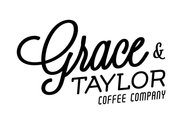

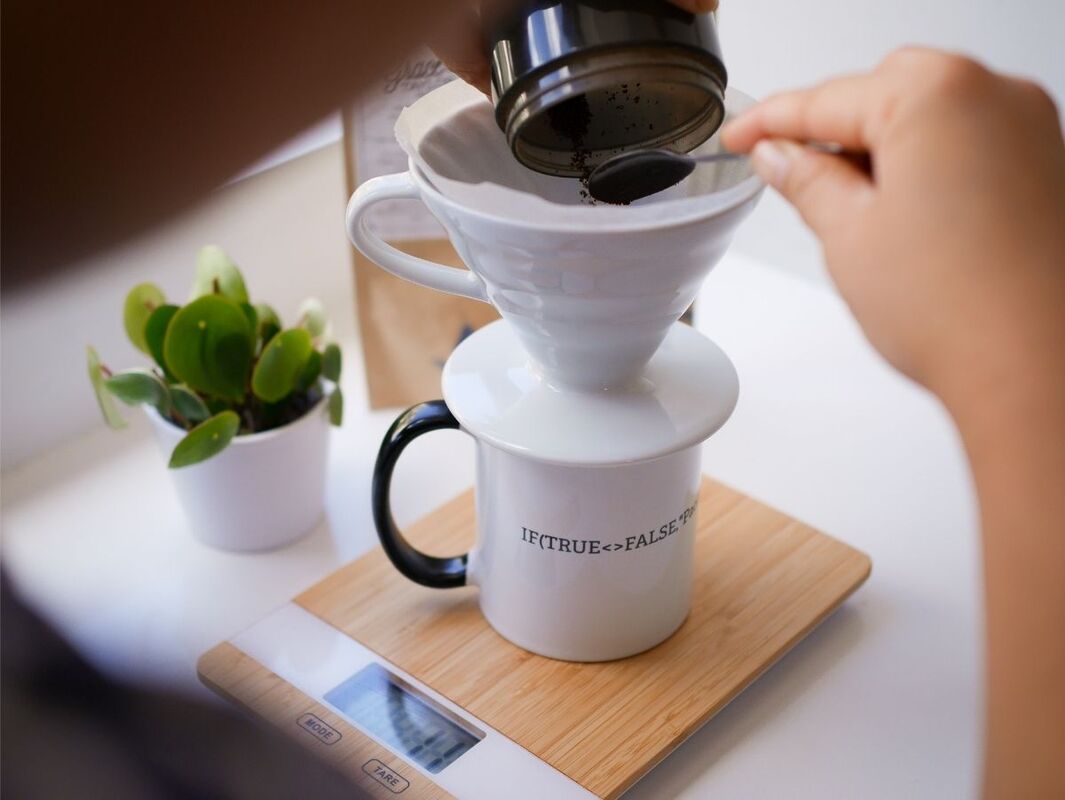

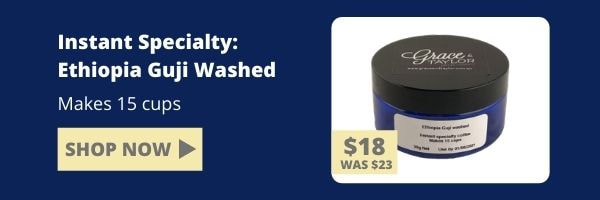

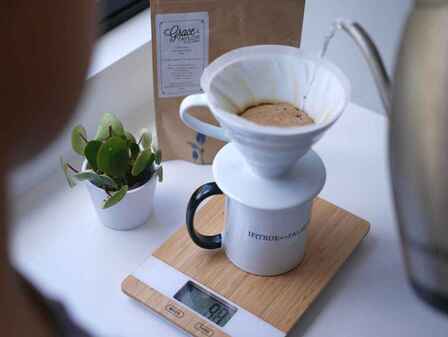


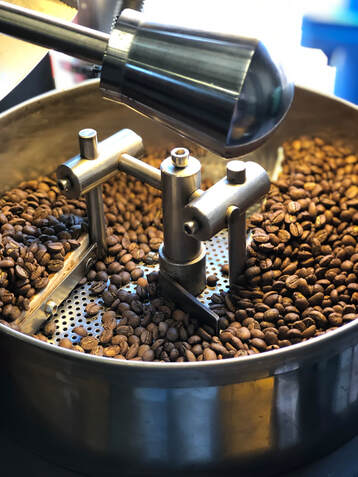
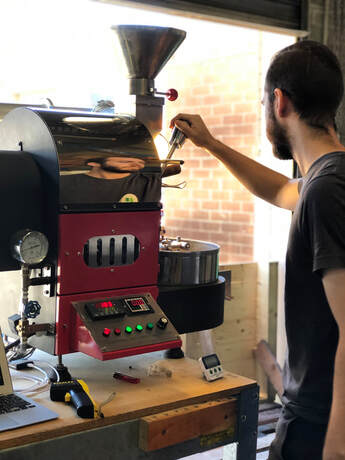
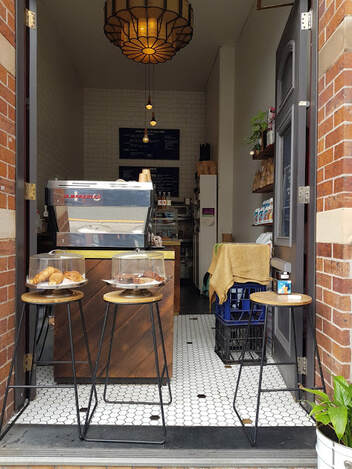
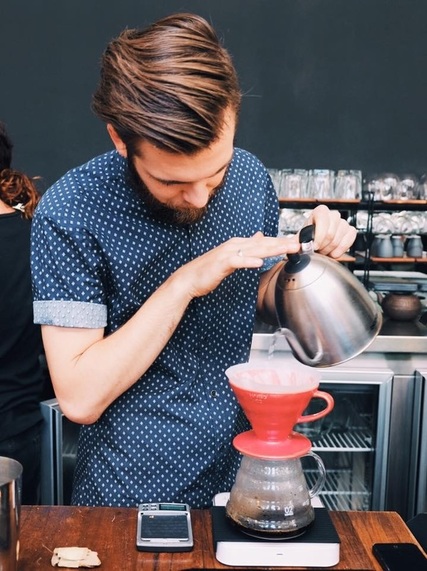
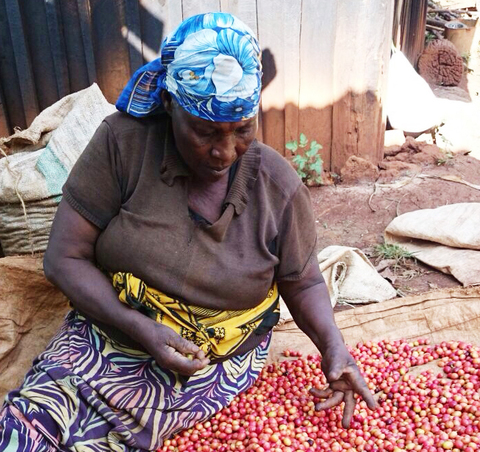
 RSS Feed
RSS Feed